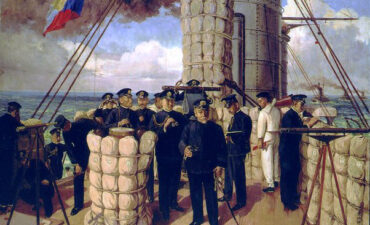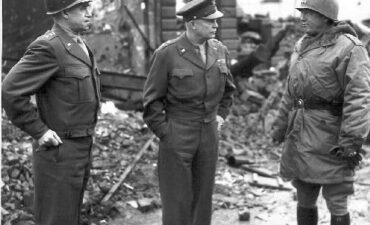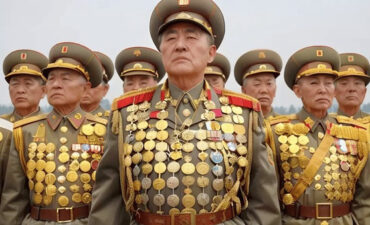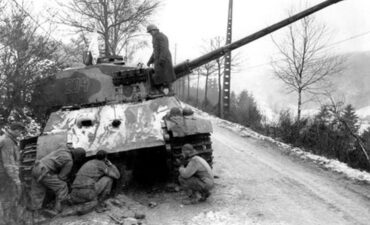What happened to the Holy Roman Empire after Charlemagne’s death? After the death of Charlemagne in 814, the Carolingian Empire faced significant challenges, and its subsequent history can be characterized by fragmentation and decline. Here are some key developments:
Division of the Empire:
Charlemagne’s grand empire was initially divided among his grandsons according to the Treaty of Verdun in 843. The three grandsons were Lothair I, who received the central portion (including Italy); Louis the German, who received the eastern portion; and Charles the Bald, who received the western portion. This division marked the beginning of separate political entities that eventually evolved into modern France and Germany.
Invasions and External Pressures:
The Carolingian Empire faced external threats from Viking invasions, Muslim incursions, and Magyar raids. These invasions weakened the central authority and led to the emergence of local lords and rulers who took on more responsibility for the defense of their territories.
Feudalism and Decentralization:
The collapse of strong central authority led to the rise of feudalism, a system where local lords held significant power over their territories. They became more independent, and the idea of a unified empire under a single ruler faded away.
Holy Roman Empire:
In the eastern portion of the Carolingian Empire, the Germanic tribes played a crucial role in the formation of the Holy Roman Empire. Otto I, later known as Otto the Great, was crowned as the Holy Roman Emperor in 962. The Holy Roman Empire was a loose confederation of territories, and its relationship with the papacy was often complex.
Struggles with Papacy:
The Holy Roman Emperors often had conflicts with the papacy over issues of authority, investiture (the appointment of church officials), and other matters. This struggle, known as the Investiture Controversy, lasted for much of the medieval period and contributed to the weakening of imperial authority.
Continued Fragmentation:
Over the centuries, the Holy Roman Empire continued to face internal divisions and external pressures. The empire was characterized by a patchwork of semi-autonomous territories, each with its own ruler. The emperor’s authority was often limited, and the title became more symbolic than a source of real political power.
The Holy Roman Empire persisted in various forms until its formal dissolution in 1806. Overall, after Charlemagne’s death, the once-mighty Carolingian Empire gave way to a fragmented and decentralized political landscape in Europe.








